Task Force Members
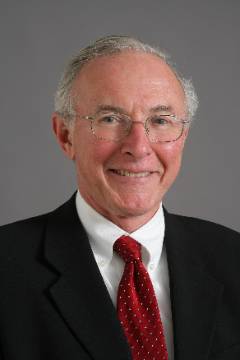
Frank J. Calzonetti
Vice President for Innovation and Economic Development and Task Force Chair
Office of Research and Sponsored Programs
Dr. Calzonetti's research focus has included facility location analysis, resources and energy facilities, and regional economic development.
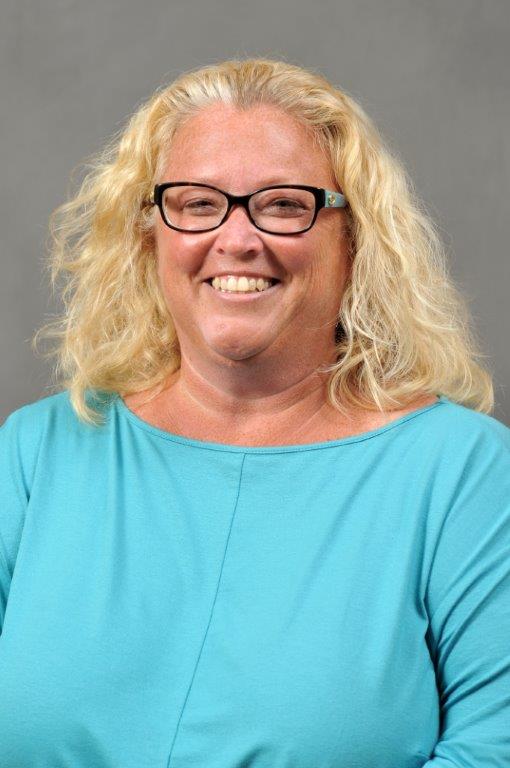
April Ames
Assistant Professor
School of Population Health | College of Health and Human Services
Dr. Ames expertise is in exposure and risk assessment in public health and is a certified industrial hygienist. Her current research interests are focused on recreational and occupational effects related to harmful algal blooms in the western basin of Lake Erie and chemical exposure assessment.
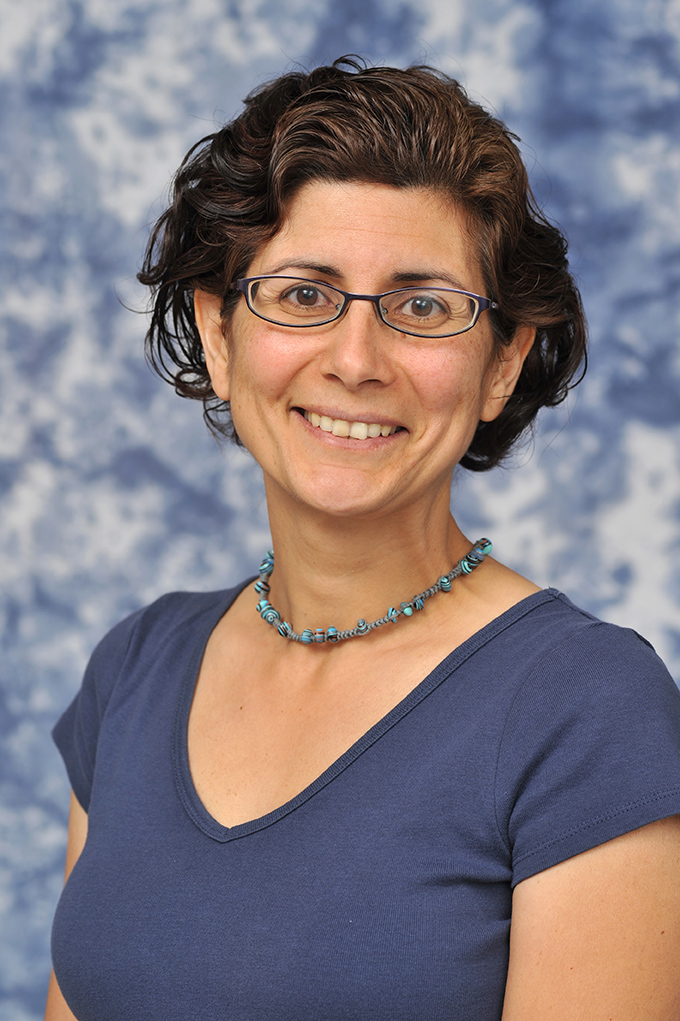
Defne Apul
Chair and Professor Department of Civil and Environmental Engineering | College of
Engineering
Dr. Apul's research is on modeling the environmental sustainability and resiliency of the water infrastructure using life cycle assessment and life cycle costing tools. She has calculated the energy, greenhouse gas emissions and cost implications for the operations of Collins Park Water Treatment and Bay View Wastewater Treatment plants.

Richard Becker
Professor Department of Environmental Sciences | College of Natural Sciences and Mathematics
Dr. Becker's Environmental Remote Sensing Lab, undertakes research which incorporates an interdisciplinary research approach (remote sensing, geochemistry, hydrologic modeling, and field techniques) to investigate a wide range of geological and environmental problems including the assessment of responses of natural systems to climatic and human activities.
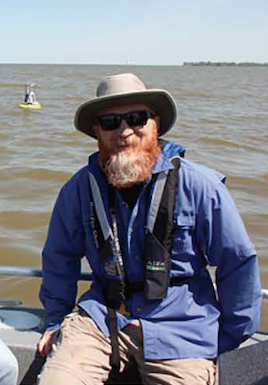
Thomas Bridgeman
Director, Lake Erie Center
Professor Department of Environmental Sciences | College of Natural Sciences and Mathematics
Dr. Bridgeman's laboratory has specific expertise in the monitoring and biology of harmful algal blooms Western Lake Erie. General expertise in lake physics, chemistry and ecology. Member of the First Ohio Phosphorus Task Force addressing the connection between watershed phosphorus loading and algal blooms. Some microcystin toxin testing experience.
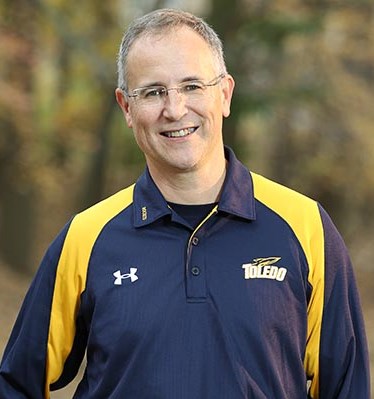
Kevin Czajkowski
Director, Center for Geographic Information Sciences and Applied Geographics
Professor Department of Geography and Planning | College of Arts and Letters
Dr. Czajkowski's research interests are diverse and all revolve around geospatial technologies. Dr. Czajkowski uses GIS and remote sensing technologies to assess sources of non-point source pollution in the Maumee River watershed and Lake Erie through the Maumee River GIS and the Lake Erie Center. His laboratory develops land cover classifications using remote sensing linking that to wetlands in the watershed.

Kennedy Doro
Assistant Professor Department of Environmental Services | College of Natural Sciences and Mathematics
Dr. Doro's research interests include using geophysical methods in combination with hydrological and in-situ technologies for investigating hydrogeophysics, environmental geophysics and in-situ technologies. His expertise includes measuring shallow groundwater flows using geophysical methods.
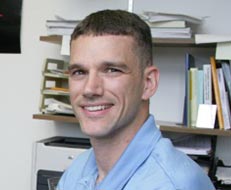
Kevin Egan
Professor Environmental Economics | College of Arts and Letters
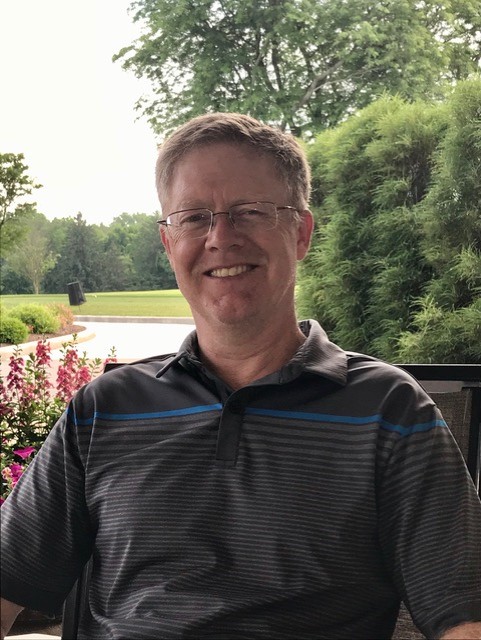
Tim Fisher
Professor Department of Environmental Sciences | College of Natural Sciences and Mathematics
Dr. Fisher is a geologist specializing in geomorphology, glacial and quaternary geology and quaternary history of the Great Lakes.

Inke Forbrich
Associate Professor Department of Environmental Sciences | College of Natural Sciences and Mathematics
Dr. Forbrich's main research interest is the ecosystem-atmosphere exchange of trace gases (water, carbon dioxide, methane) and its biological and environmental controls. Working mainly in wetlands, I am especially interested in the coupling between the water and carbon cycle. I use a combination of chamber and eddy covariance measurements, remote sensing and GIS applications to address these topics.
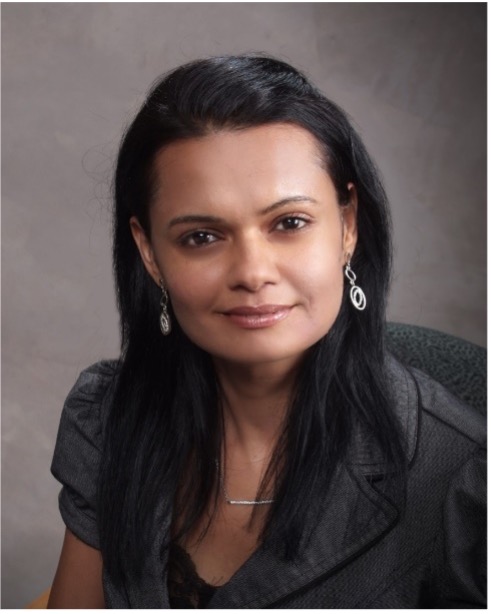
Anju Gupta
Assistant Professor Department of Mechanical, Industrial and Manufacturing Engineering | College of Engineering
Dr. Gupta has research expertise in designing dispersants for oil spill mitigation and has worked on life assessment of carbon nanomaterials and fire-retardant, antibiotics in the Great Lakes region. She also has research interests involving desalination and water recovery.
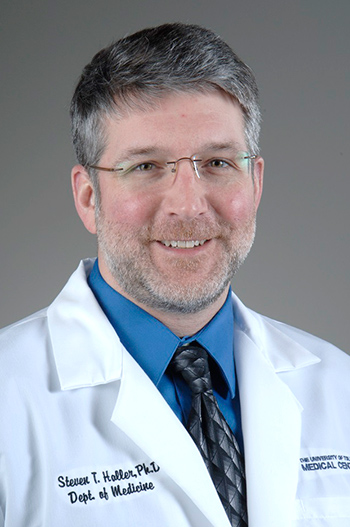
Steven Haller
Co-Director, Women and Philanthropy Genetic Analysis Center
Assistant Professor Department of Medicine | College of Medicine and Life Sciences
Dr. Haller is an expert on kidney function and hypertension as well as on non-alcoholic fatty liver disease and relationships between microcystin and hepatotoxicity.
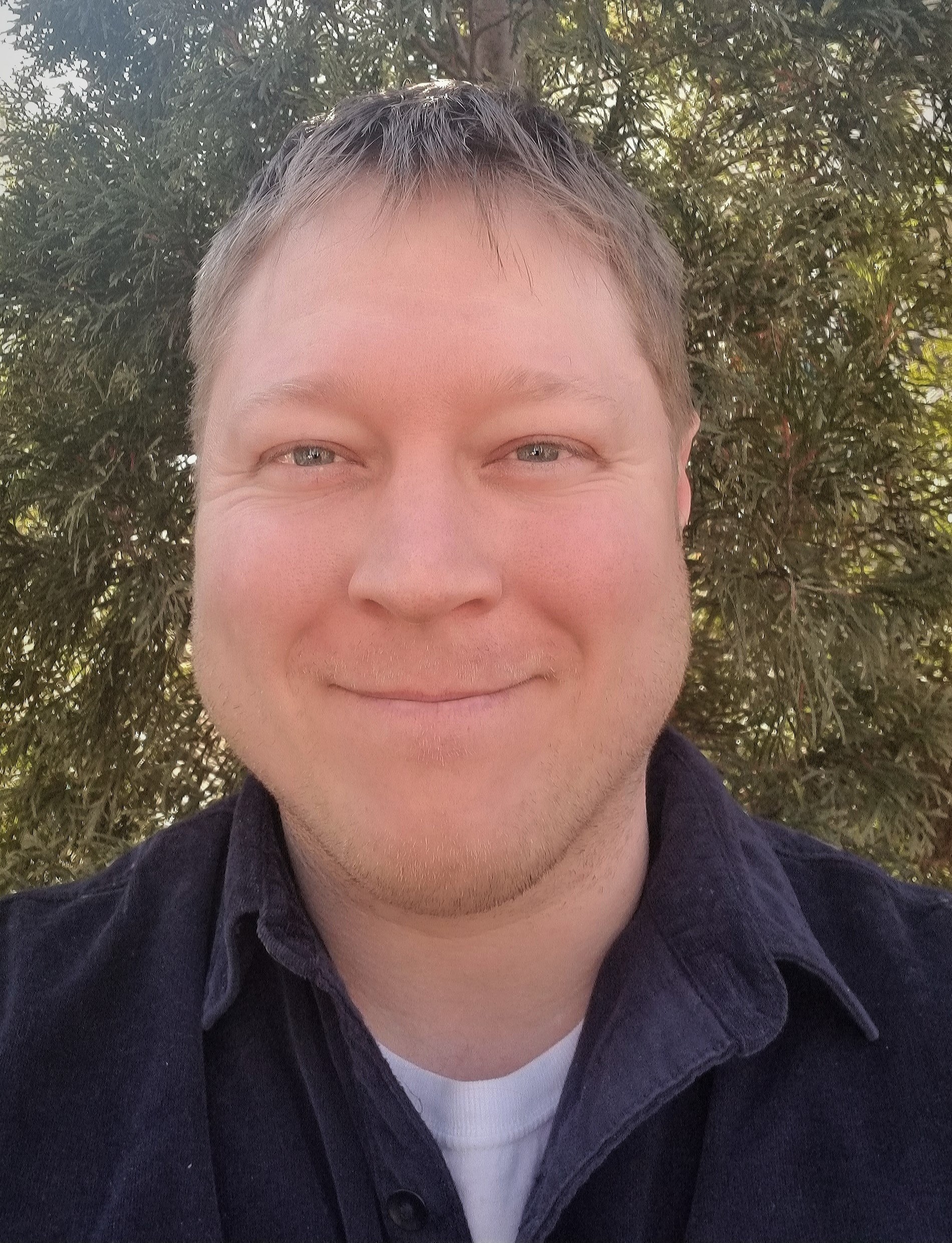
William Hintz
Assistant Professor Department of Environmental Sciences | College of Natural Sciences and Mathematics
Dr. Hintz research and teaching interests include freshwater ecology and conservation, invasive species, fish and fisheries, and environmental pollution and policy.
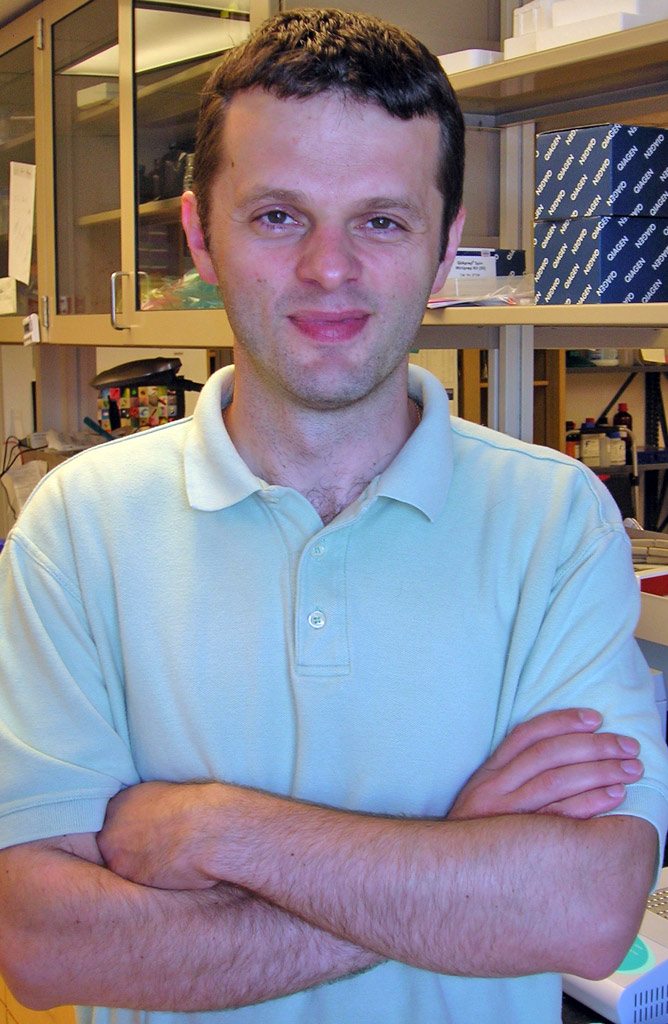
Dragan Isailovic
Professor Department of Chemistry and Biochemistry | College of Natural Sciences and Mathematics
Dr. Isailovic’s lab is developing liquid chromatography-mass spectrometry (LC-MS) methodologies to identify and quantify algal toxins in water. Our state-of-the-art LC-MS system enables separation, structural analysis, and quantification of microcystins by LC-tandem mass spectrometry (MS/MS). The methodologies developed will be used for quantification of toxins in water, to test purification of water containing low amounts of microcystins, and to analyze toxins and their byproducts in biological samples.
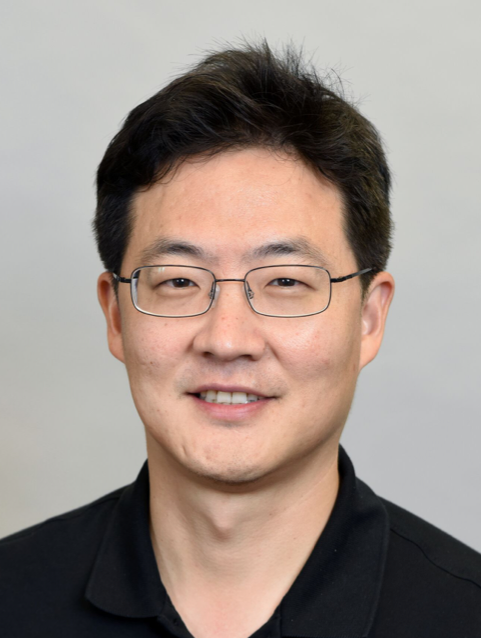
Dae-Wook Kang
Assistant Professor Department of Civil and Environmental Engineering | College of Engineering
Dr. Kang's research interests are understanding how microbes interact with natural environment, environmental engineering system, and human host. He has expertise on human microbiome and environmental biotechnologies including high-throughput DNA/RNA sequencing, multi-omic analyses, and bioinformatics.
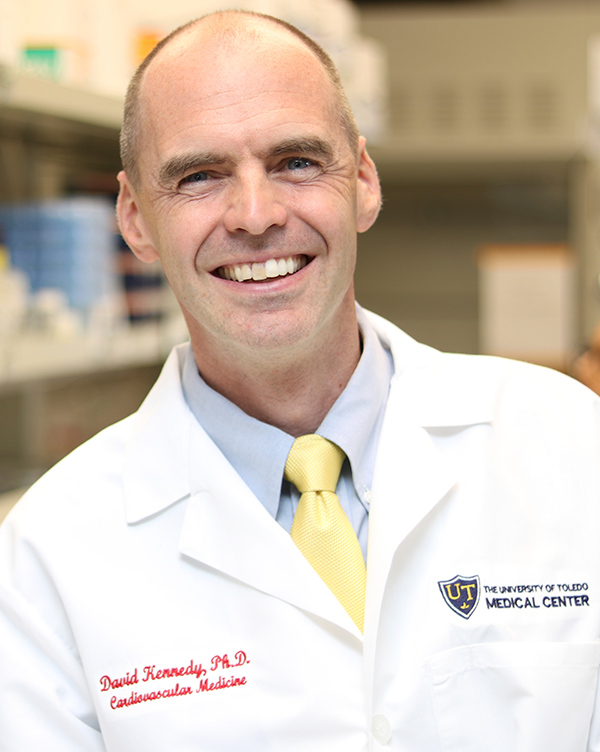
David Kennedy
Co-Director, Women and Philanthropy Genetic Analysis Center
Associate Professor Department of Medicine | College of Medicine and Life Sciences
The Kennedy laboratory studies adaptive and maladaptive counter-regulatory mechanisms involved in organ damage and fibrosis resulting from various toxic insults (such as those associated with harmful algal blooms) in at-risk patient populations with heart, kidney or liver disease. The lab is also focused on identifying novel molecular targets which can be used for diagnostic, therapeutic and preventative strategies to improve outcomes in these vulnerable patient populations.
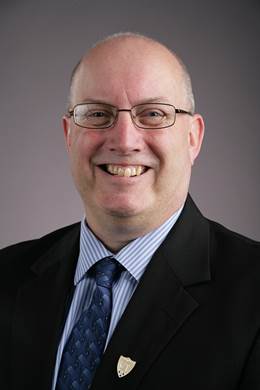
Patrick Lawrence
Chair and Professor Department of Geography and Planning | College of Arts and Letters
Dr. Lawrence's research interests water quality, watershed management, Great Lakes Areas of Concern, land use change, wetland conservation, coastal planning, Great Lakes water levels, and public policy development concerning parks and protected areas.
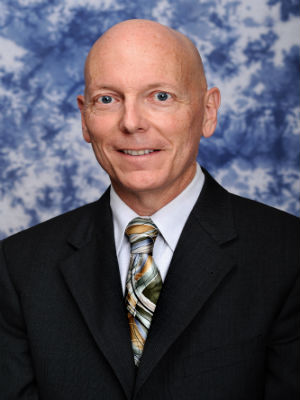
Glenn Lipscomb
Professor Department of Chemical Engineering | College of Engineering
Dr. Lipscomb is an expert in membranes and their performance. He is particularly interested in membranes for water filtration and reverse osmosis systems.
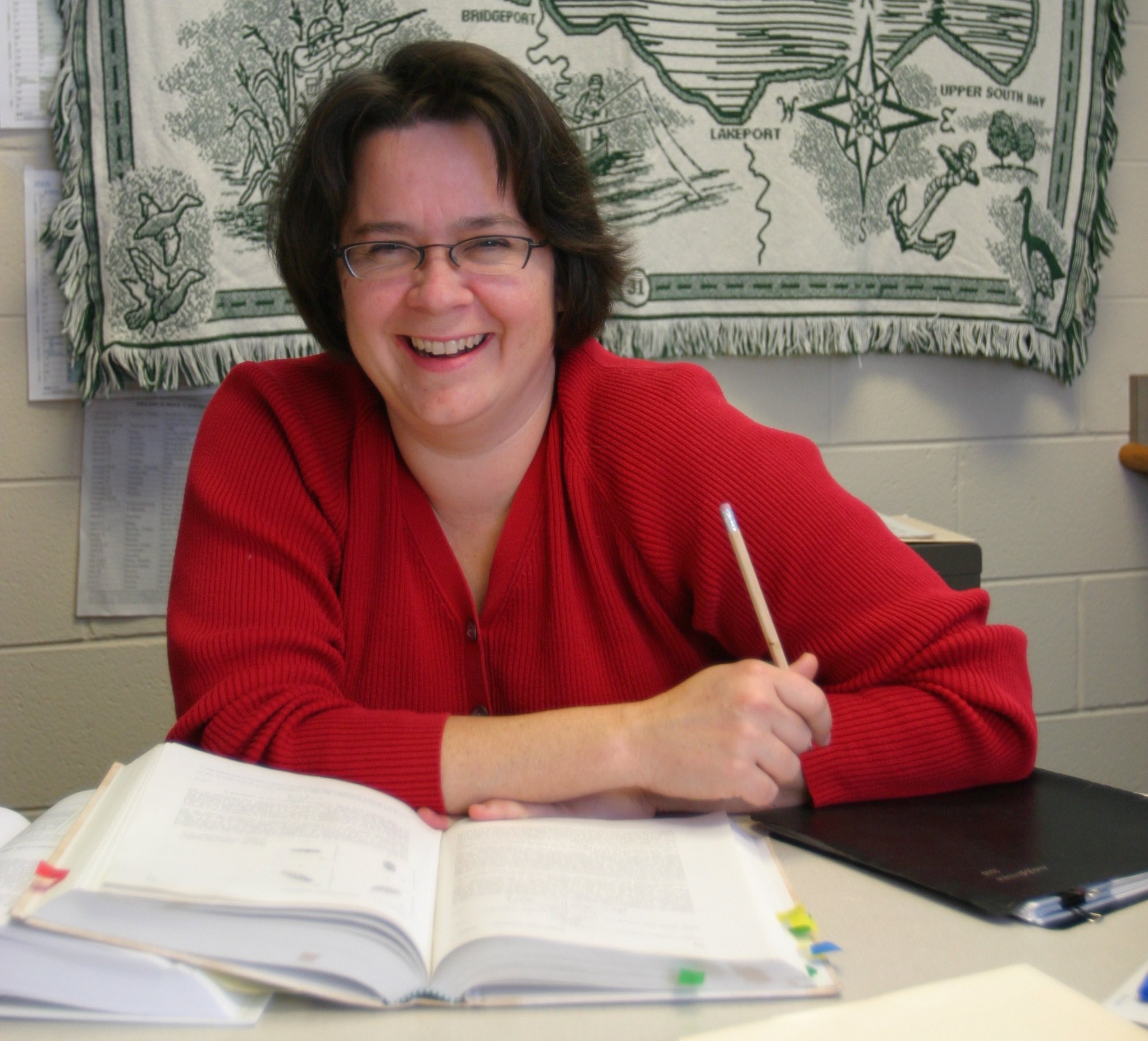
Christine Mayer
Professor Department of Environmental Sciences | College of Natural Sciences and Mathematics
Dr. Mayer research interests center on applied community and ecosystem ecology in aquatic systems. The goal of most of the ongoing research in my lab is to address questions about the conservation and management of aquatic species and habitats that are used by, and therefore impacted by people. Current focus areas include: fish and invertebrate ecology, aquatic habitats, and invasive species.
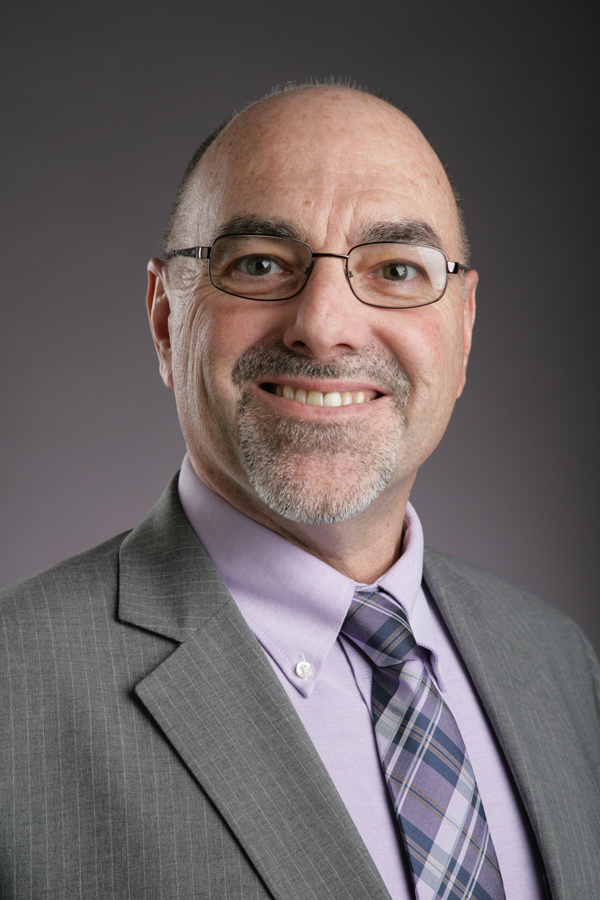
Bill Messer
Professor Department of Pharmacology and Experimental Therapeutics | College of Pharmacy and Pharmaceutical Sciences
Dr. Messer's area of research focuses on the development of new treatments for neurological and psychiatric disorders including Alzheimer's disease, schizophrenia and autism spectrum disorders
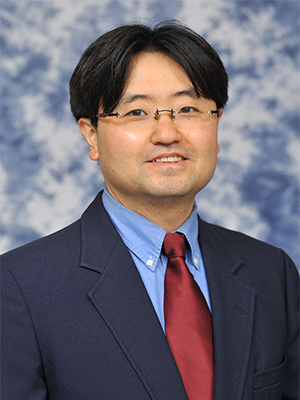
Youngwoo Seo
Professor Department of Civil and Environmental Engineering | College of Engineering
Dr. Seo's research focuses on biological and chemical contaminant removal in water treatment and distribution systems as well as developing environmental sensors. Currently working on three different water projects studying micropollutant removal and detection supported by the national science foundation and the US EPA. He also serves the City of Toledo Water Treatment Plant (capacity improvement) as a proposal reviewer/ technical expert and as a consultant for the City of Monroe MI Water Treatment Plant.
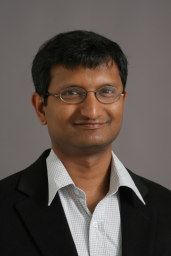
Sridhar Viamajala
Professor Department of Chemical Engineering | College of Engineering
Dr. Viamajala's research interests algal biofuels and lignocellulose-derived biofuels.
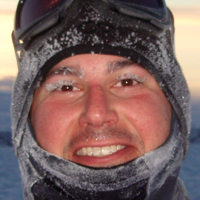
Michael Weintraub
Professor Department of Environmental Sciences | College of Natural Sciences and Mathematics
Dr. Weintraub is a professor of soil ecology. His research and teaching areas of interests include soil ecology, ecosystem ecology, plant-soil interactions, biogeochemistry and arctic ecology.


